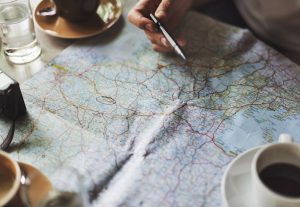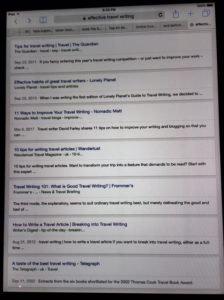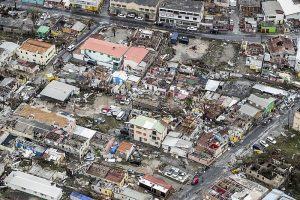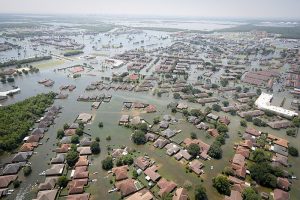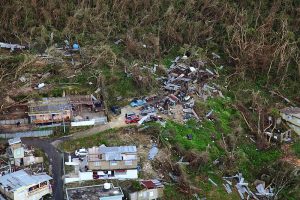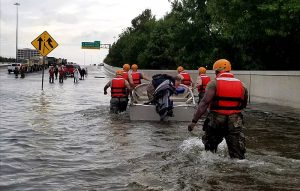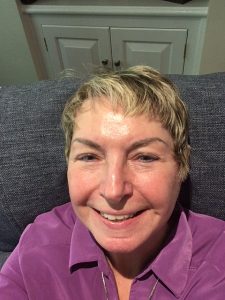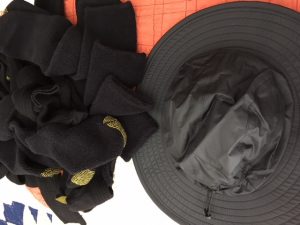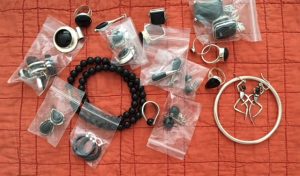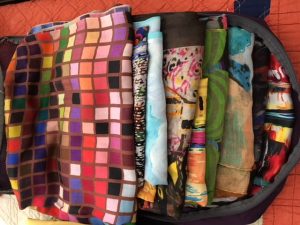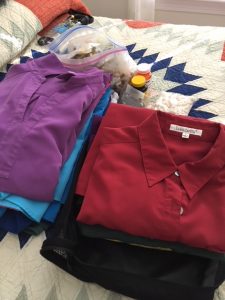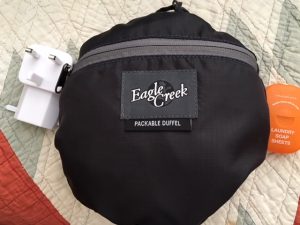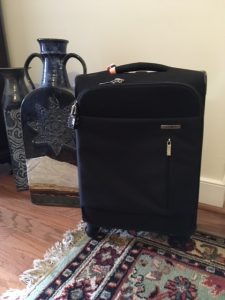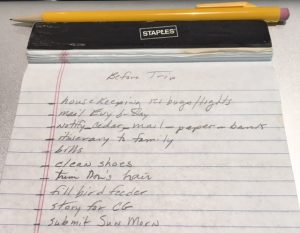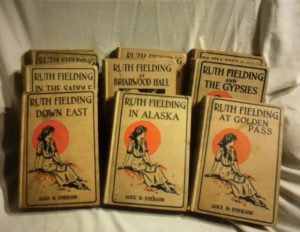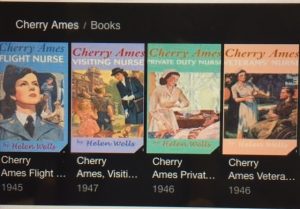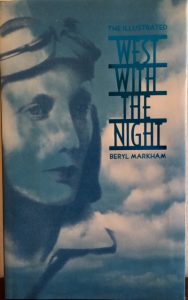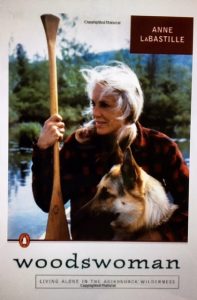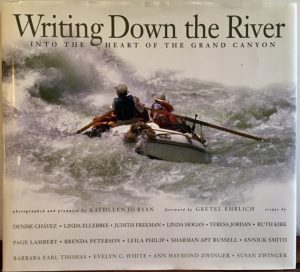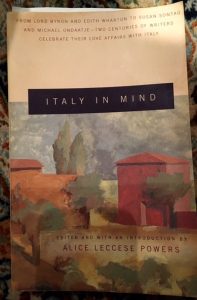Strictly speaking, obsessive-compulsive disorder is a serious, often debilitating mental health problem. But for writers, acute or situational OCD is a valuable tool too, and more flexible in its application.
Consider weather as a trigger for an acute attack of OCD: September 2017 was the most active month on record for Atlantic hurricanes. Harvey, Irma, Maria, and Jose had millions obsessing about the weather and doing everything possible to ensure their own safety and/or connect with loved ones in the affected areas. In such situations, the focused thoughts and actions do not constitute mental health problems, though they might interfere with other aspects of a character’s daily life. Another acute trigger in your plot might be a murder, a terminal illness, huge financial loss, new love—virtually any discrete, one-off situation that consumes your character’s thoughts and affects actions.

Situational OCD is when the same, repeated situation triggers obsessions and compulsions. Again, the situation could be almost anything that is a discrete event or situation that repeats. Throwing a party—or attending one. Hosting might well trigger obsessing about the menu, table decorations, house-cleaning, etc. Attending might trigger obsessing about what to wear, food allergies, or what topics of discussion to introduce—or avoid. It could be public speaking or doing performance evaluations.
Travel always triggers my own obsessiveness. For any trip I check weather, consider activities, and try to prepare for the unexpected. Women friends with whom I sometimes travel joke that if you need anything, just ask Vivian. Need a bandaid? Got you covered. Crochet hook? Not a problem!
As you know, in two days I am leaving for Portugal and Spain. Travel abroad is the worst trigger for me. I want to travel light, a carry-on and one checked bag for my husband and me. I can’t count on replacing something forgotten or lost. I want to be prepared for various activities but also keep it simple. So I spent weeks thinking about the trip and making mental lists. And then I got down to concrete actions. Three weeks ago, I started experimenting with hair styles that don’t require a curling iron.
For this trip, I decided the basic color is black: pants, shoes, socks, jacket, hat, handbag, umbrella, and gloves. I went so far as to pack only black jewelry!
True to the meaning of my name, I like bright, vivid colors.
So I selected numerous multi-colored scarves. Each scarf must go with at least 3 different shirts.
I chose shirts in two basic styles and bright, solid colors. Shirts must be able to dry overnight in my hotel room. These choices were packed last week, along with nutritional supplements, prescription, and OTC drugs.
With two days left, I am obsessing about quantities of toiletries, underwear, sleepwear, and miscellaneous items. Should I take a battery-powered toothbrush or just a manual one? Do I need a converter as well as an adaptor for my phone and Kindle? (Adaptor only.) Where did I put the soap flakes for hand laundry? And my passport? What must go into my roll-aboard to survive if checked luggage is lost?
Why am I telling you all of this? Because it is a rich, detailed picture of situational OCD. AND because it’s on my mind!



